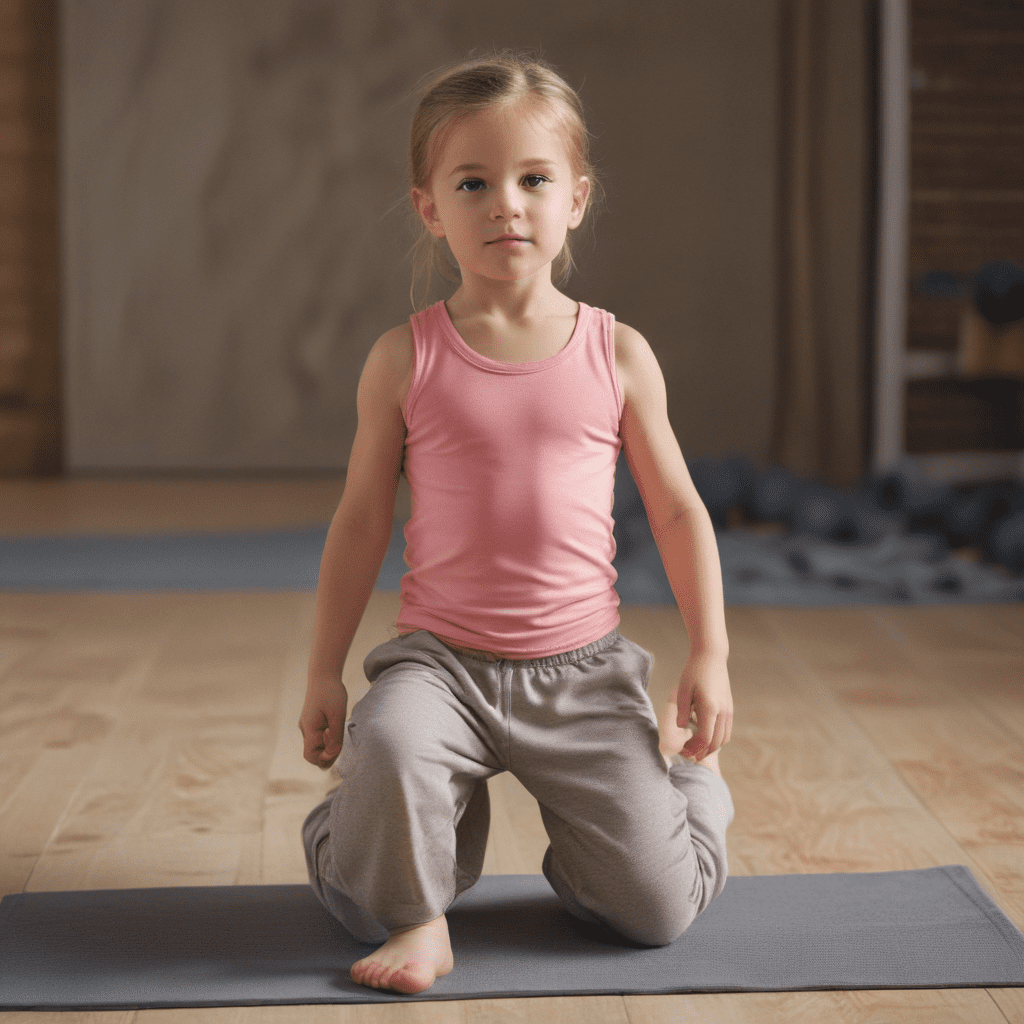
The Role of Mindfulness in Children’s Fitness Routines
Mindfulness, the practice of intentionally paying attention to the present moment without judgment, is an essential component of overall well-being for individuals of all ages, including children. Recent research has highlighted the significant role mindfulness can play in enhancing children's fitness routines, leading to improved physical performance, increased enjoyment, and reduced stress levels.
1. Introduction: The Importance of Mindfulness for Children’s Well-being
Mindfulness has been shown to have numerous benefits for children's cognitive, emotional, and social development. It can help them improve their focus and concentration, regulate their emotions, and develop greater self-awareness. By promoting mindfulness in children, we can empower them with tools that will benefit them throughout their lives.
2. Benefits of Mindfulness in Fitness: Enhancing Physical Performance
Mindfulness can significantly enhance children's physical performance by improving their body awareness, coordination, and balance. By paying attention to their bodies and movements, children can learn to move more efficiently and effectively, leading to improved form and technique. Mindfulness also helps children stay focused and motivated during exercise, allowing them to push themselves harder and achieve their fitness goals.
3. Mindfulness-Based Fitness Techniques: Incorporating Mindfulness into Exercise
There are various mindfulness-based fitness techniques that can be incorporated into children's exercise routines. These techniques aim to cultivate awareness of the body, breath, and mind during physical activity. One common technique is body scanning, where children are guided to focus their attention on different parts of their body, noticing any sensations or tension. Another technique is mindful breathing, where children are taught to pay attention to their breath and use it as an anchor to stay present.
4. Body Awareness and Mind-Body Connection: Cultivating Awareness during Exercise
Mindfulness helps children develop a stronger body awareness and mind-body connection. By paying attention to their bodies, they can become more attuned to their physical needs and limits. This awareness allows them to adjust their movements as needed, reducing the risk of injury and promoting a more enjoyable and effective workout.
5. Goal Setting and Motivation: Using Mindfulness to Achieve Fitness Goals
Mindfulness can be a powerful tool for helping children set and achieve fitness goals. By teaching children to be present and focused, mindfulness can help them stay motivated and overcome obstacles. Mindfulness also promotes self-reflection and self-awareness, which can help children identify their strengths and weaknesses and develop realistic goals.
6. Emotional Regulation and Stress Reduction: Mindfulness as a Coping Mechanism
Mindfulness can also help children regulate their emotions and reduce stress levels during exercise. When children are faced with physical challenges or setbacks, mindfulness can help them stay calm and focused on the task at hand. Mindfulness also helps children develop coping mechanisms for dealing with stress and anxiety, both inside and outside of the fitness context.
7. Enhanced Focus and Concentration: Improving Exercise Form and Technique
Mindfulness can significantly improve children's focus and concentration during exercise. By paying attention to their breath and body movements, children can develop greater awareness of their form and technique. This heightened focus leads to improved performance, reduced risk of injury, and a more enjoyable exercise experience.
8. Mindfulness for Enjoyment and Connection: Creating a Positive Exercise Environment
Mindfulness can help children develop a more positive and enjoyable attitude towards exercise. By teaching children to appreciate the present moment and focus on the positive aspects of exercise, mindfulness can help them create a healthy and sustainable fitness routine. Mindfulness can also foster a sense of connection between children and their peers, creating a supportive and motivating environment for physical activity.
9. Strategies for Teaching Mindfulness to Children: Age-Appropriate Techniques
Teaching mindfulness to children requires age-appropriate techniques and strategies. For younger children, activities like body scanning and mindful breathing can be introduced through games and play. As children get older, more formal mindfulness practices, such as meditation and yoga, can be incorporated. It's important to find activities that are engaging and enjoyable for children to maximize their participation and benefits.
10. Conclusion: The Transformative Power of Mindfulness in Children’s Fitness
Mindfulness is a transformative tool that can significantly enhance children's fitness routines. By promoting body awareness, emotional regulation, focus, and enjoyment, mindfulness empowers children to engage in physical activity with greater purpose and enthusiasm. Incorporating mindfulness into children's fitness routines is a valuable investment in their overall well-being, both physically and mentally.
FAQ
Q: How can mindfulness help children improve their physical performance?
A: Mindfulness enhances body awareness, coordination, and balance, leading to improved form and technique. It also helps children stay focused and motivated during exercise, allowing them to push themselves harder.
Q: What are some mindfulness-based fitness techniques for children?
A: Common techniques include body scanning, where children focus on different parts of their body, and mindful breathing, where they pay attention to their breath and use it as an anchor.
Q: How can mindfulness help children regulate their emotions and reduce stress during exercise?
A: Mindfulness teaches children to stay calm and focused when faced with physical challenges, and provides coping mechanisms for dealing with stress and anxiety.
Q: What are some strategies for teaching mindfulness to young children?
A: Age-appropriate techniques include introducing body scanning and mindful breathing through games and play. As children get older, more formal mindfulness practices like meditation and yoga can be incorporated.


